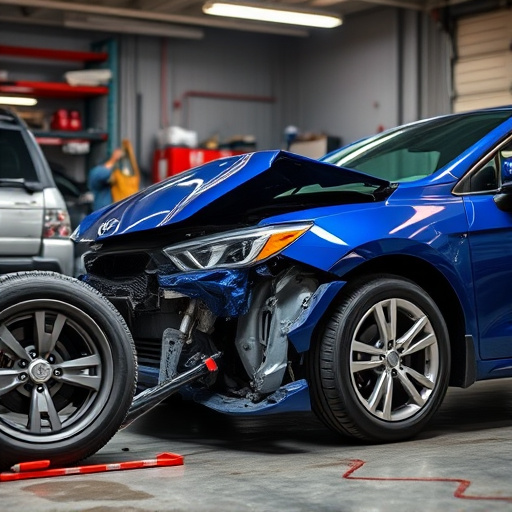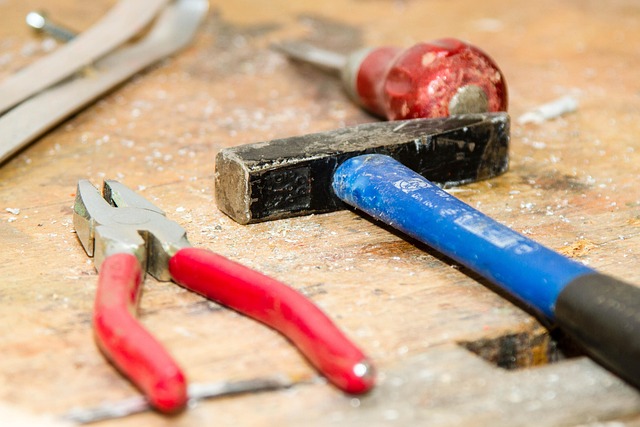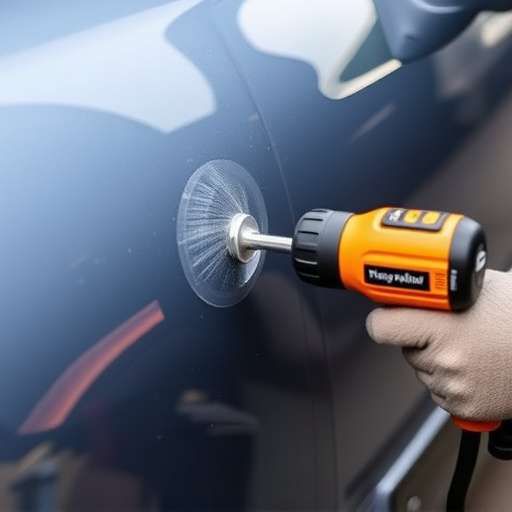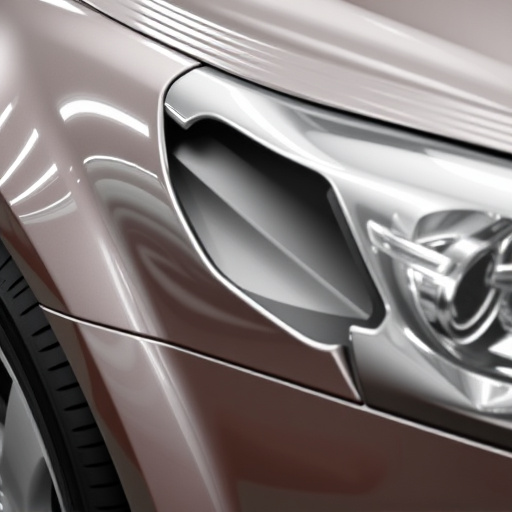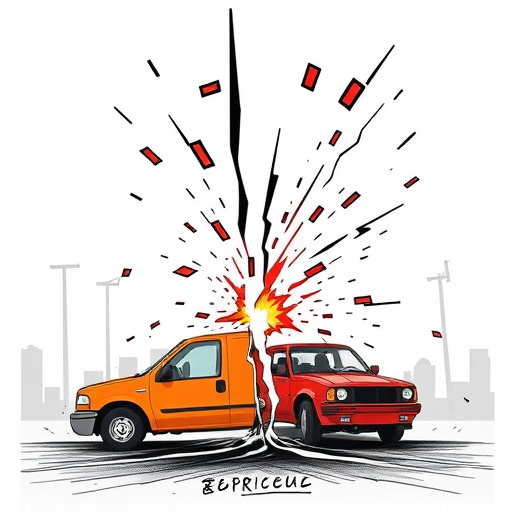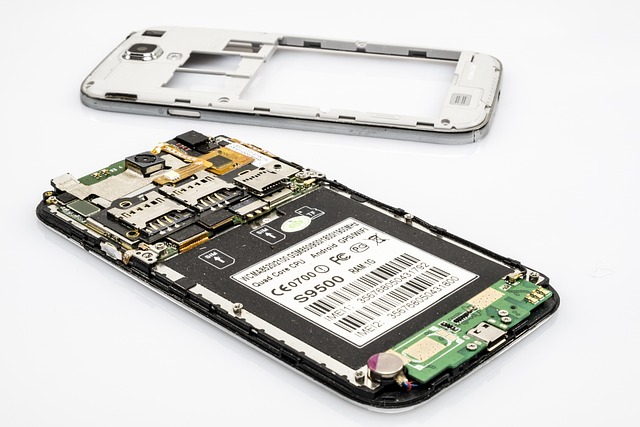Before attempting any DIY windshield chip repair, assess damage size, shape, location, and extent. Focus on small chips (less than 1/4 inch) away from edges or major components. Consult a professional for larger dents, deep cracks, or close to vehicle perimeters. Proper identification of chip type is crucial for effective and long-lasting repairs.
“Elevate your DIY car care skills with our comprehensive guide to advanced windshield chip repairs. Learn to assess damage, choose the right kit for your needs, and master the application process. From understanding various crack types to selecting the perfect resin match, we’ve got you covered. Discover essential preparation techniques, curing tips, and post-repair maintenance to ensure a long-lasting fix. Master the art of windshield chip repair and save time, money, and drive with confidence.”
- Assessing Your Windshield Damage
- – Identifying suitable candidates for DIY repair
- – Different types of chips and cracks explained
Assessing Your Windshield Damage

Before attempting any windshield chip repair, it’s crucial to assess the extent of the damage. Start by examining the size and shape of the chip or crack. Smaller chips can often be repaired at home with a kit, but larger cracks might require professional intervention. Check if the damage is isolated or if there are multiple chips nearby; closely connected chips may indicate a need for more extensive repair or replacement. Additionally, consider the location of the damage. A chip near the edge of the windshield or in a high-stress area might compromise the structural integrity of your vehicle, necessitating professional automotive repair and car body restoration services.
During your assessment, also pay attention to any signs of spread or fracturing beyond the initial impact point. This could be an indication of a deeper issue or weak points in the glass that may require expert bodywork services. Remember, proper assessment is key to ensuring effective and safe windshield chip repair, preventing further damage, and maintaining optimal visibility while driving.
– Identifying suitable candidates for DIY repair
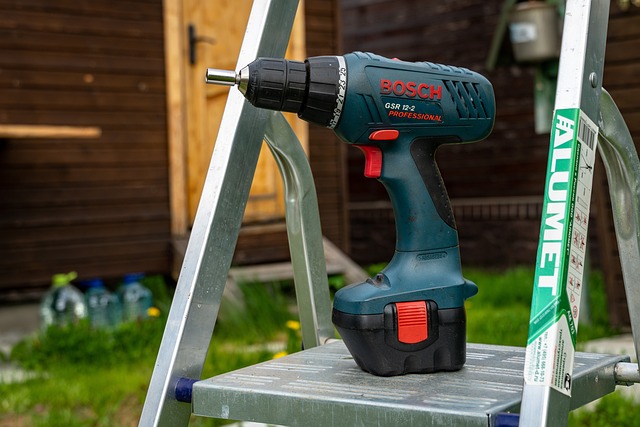
When considering DIY windshield chip repairs, it’s crucial to identify suitable candidates for these kits. The best candidates are typically small chips or cracks that are less than 1/4 inch in diameter and located away from the edge of the windshield or other major components. These areas usually have better access and fewer chances of affecting the structural integrity of your vehicle. Avoid trying to repair larger dents, deep cracks, or those close to the edges, as these may require professional auto collision repair services that can handle more complex auto painting tasks.
Remember, while DIY kits offer a cost-effective solution for minor windshield chip repairs, they might not be suitable for every situation. If you’re unsure about the extent of damage or if the chip is in a sensitive area, it’s best to consult with a professional to avoid further complications that could lead to more extensive vehicle dent repair or even replacement of the entire windshield.
– Different types of chips and cracks explained

Windshield chip repairs involve addressing various types of damage, from tiny nicks to larger cracks. Understanding these different forms of chips and cracks is essential for effective repair. One common type is the small, shallow chip, often caused by pebbles or small debris on the road. These are usually easily reparable as they haven’t affected the glass structure significantly. Deeper chips and cracks, however, can pose more challenges. They may start as small imperfections but, left unattended, can grow into lengthy cracks that threaten the integrity of the windshield.
Beyond these basic categories, there are star-shaped cracks, often indicative of a sudden impact or pressure change, and stress cracks, which typically develop over time due to temperature fluctuations or structural stress. Some windshields also feature integrated safety features like laminates and bonding agents that enhance their strength and crack resistance. Recognizing the type of chip or crack is crucial for selecting the right windshield chip repair kit, ensuring effective and lasting repairs that can prevent further damage and costly replacements, even when incorporated into tire services or handled by a car body shop for other issues like dent removal.
When it comes to fixing your windshield chips, taking a proactive approach with a DIY kit can save you time and money. By understanding the extent of the damage through assessment and selecting the right repair kit for your specific windshield chips, you can achieve professional-like results. Remember, proper preparation and following the kit’s instructions are key to success. So, equip yourself with knowledge, gather the necessary tools, and get ready to transform those unsightly windshield chips into a clear, crack-free view.
